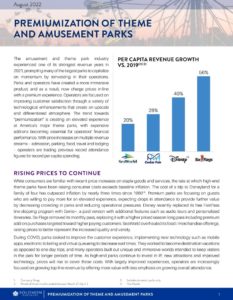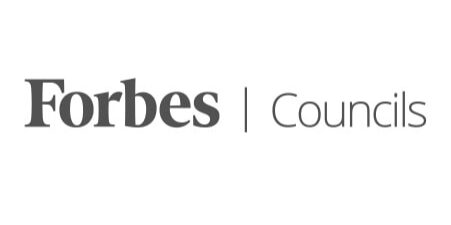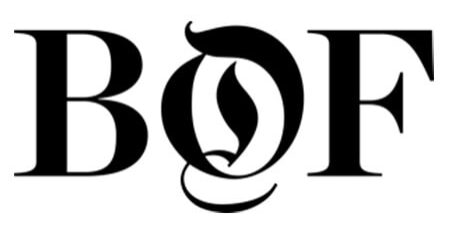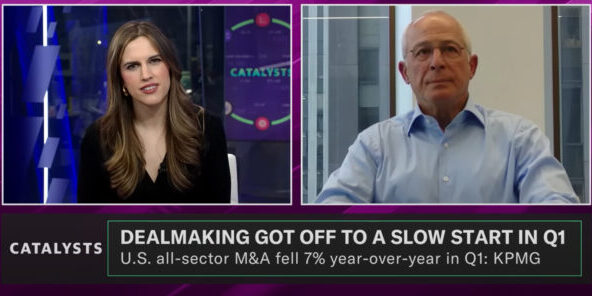Premiumization of Theme and Amusement Parks
 Premiumization of Theme and Amusement Parks
Premiumization of Theme and Amusement Parks
The amusement and theme park industry experienced one of its strongest revenue years in 2021, prompting many of the largest parks to capitalize on momentum by reinvesting in their operations. Parks and operators have created a more immersive product, and as a result, now charge prices in-line with a premium experience. Operators are focused on improving customer satisfaction through a variety of technological enhancements that create an upscale and differentiated atmosphere. The trend towards “premiumization” is creating an elevated experience at America’s major theme parks, with expensive add-ons becoming essential for operators’ financial performance. With price increases on multiple revenue streams – admission, parking, food, travel and lodging – operators are trading previous record attendance figures for record per capita spending.
RISING PRICES TO CONTINUE
While consumers are familiar with recent price increases on staple goods and services, the rate at which high-end theme parks have been raising consumer costs exceeds baseline inflation. The cost of a trip to Disneyland for a family of four has outpaced inflation by nearly three times since 1960. Premium parks are focusing on guests who are willing to pay more for an elevated experience, expecting drops in attendance to provide further value by decreasing crowding in parks and reducing operational pressures. Disney recently replaced its free FastPass
line-skipping program with Genie+, a paid version with additional features such as audio tours and personalized itineraries. Six Flags removed its monthly pass, replacing it with a higher priced season-long pass including premium add-on purchases targeted toward higher paying customers. SeaWorld overhauled its food / merchandise offerings, raising prices to better represent the increased quality and variety.
During COVID, parks looked to improve the customer experience, implementing new technology such as mobile apps, electronic ticketing and virtual queueing to decrease wait times. They worked to become destination vacations as opposed to one-day trips, and many operators built out unique and immersive worlds intended to keep visitors in the park for longer periods of time. As high-end parks continue to invest in IP, new attractions and improved technology, prices will rise to cover these costs. With largely improved experiences, operators are increasingly focused on growing top line revenue by offering more value with less emphasis on growing overall attendance.
“Our decision to pursue a premiumization strategy… entails improving the guest experience and charging prices that are in line with the value we deliver our guests… Our primary objective will be optimizing profits… We made a conscious decision of trading off attendance for yield.”
– Selim A. Bassoul, Six Flags Entertainment CEO, President & Executive Director“A lot of the investments we’ve made over the last several years… [are] all focused on driving more transactions… We will certainly continue to… try and outpace… those cost growth curves.”
– Brian C. Witherow, Cedar Fair Executive VP & CFO“The main thing we’ve done during the pandemic in our theme parks is we’ve continued to invest in them… We added major attractions in all of our parks. We didn’t really slow it down much during the pandemic… We’re building a new park… which is going to continue to add to our length of stay.”
– Jeffrey S. Shell, NBCUniversal CEO“We continue to realize double-digit pricing increases in our admissions and in-park products… Going forward, we expect to continue to grow admissions and in-park [per-capita spending] by taking advantage of the pricing environment.”
– Marc G. Swanson, SeaWorld Entertainment CEO
REGIONAL PARKS GAINING SHARE
As consumers are priced out of premium amusement park attractions, regional parks have begun to fill the gap. Lower-cost destinations took advantage of the shutdown during the pandemic to improve their product, but with a different focus than national brands. Working with a lower budget, regional players are not constantly investing in IP or building numerous new attractions every season. Instead, they focus on improving existing offerings while still satisfying loyal customers. During 2021, many regional chains extended 2020 annual passes and memberships an extra year for no additional fee. Although the discounts reduced revenue, the goodwill gained from customers has had lasting effects on repeat customer rate. Consumers continue to reward local parks as they diversify away from the national brands.
Regional parks do not have to worry about marketing to international and long-stay consumers and are able to focus advertising spend locally. The parks emphasize value relative to their high-priced competition. While national parks attempt to brand as premium, experiential vacation destinations, regional parks are branding as a day of traditional, low-cost, family fun. The strategy appeals to a different customer base than Disney and Universal. Top-end players in the space will become increasingly more expensive to the average family, paving the way for lower-cost alternatives to grow attendance numbers without having to raise prices at the same rate.
Click below to read the article from the Media & Entertainment Group.





